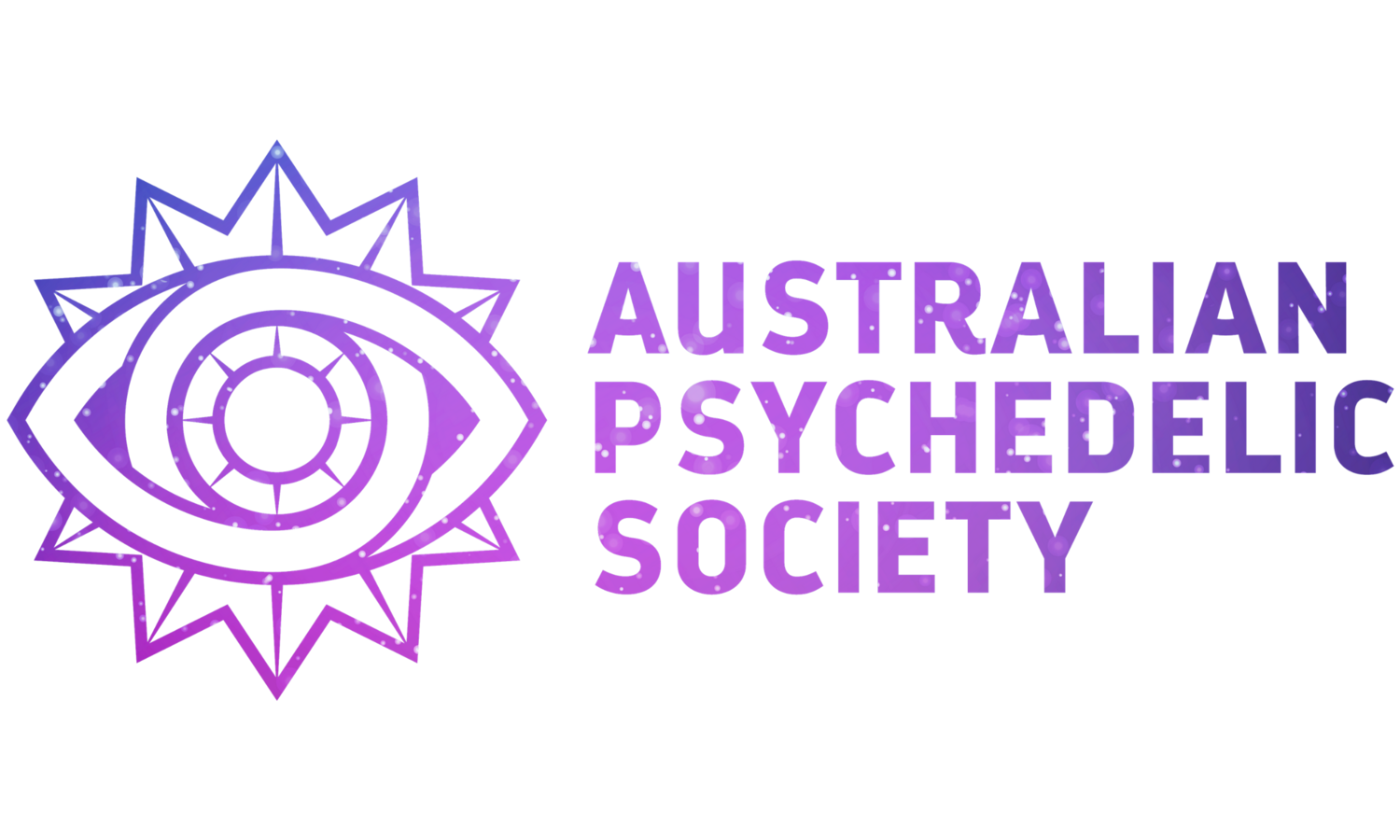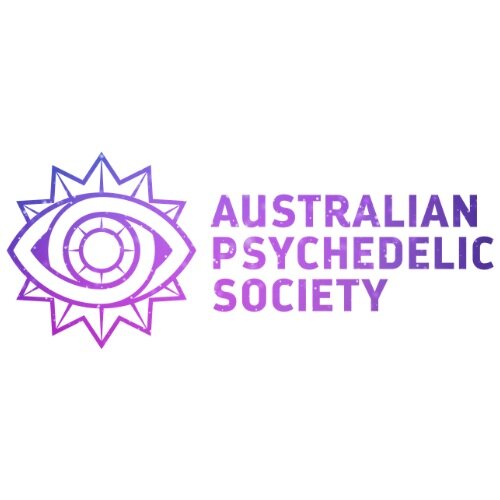Forgotten in time is thy delirium
by Pixie Miller
Psychedelics have a wide range of effects which can overlap, and sometimes the terms for these effects are used interchangeably when they really mean different things. Hallucinations, for example, can be defined as perceptual distortions or illusions of the senses, and psychedelics can induce geometric patterns in the visual field, through to vivid coloured scenes which are hard to articulate. Hallucinations can occur without any external input, such as with Charles Bonnet syndrome where the loss of vision triggers visual hallucinations which may be anything from simple patterns to quite complex scenery. Hallucinations can even be experienced in the absence of external stimuli across any of the senses, including tastes or smells that aren’t there. Psychedelics can also induce transient synaesthesia-type experiences where senses become blended. For example, when experiencing synaesthesia, someone might hear colours, feel sounds or taste shapes.
Delirium hallucinations are quite a different phenomenon. When someone is hallucinating with psychedelics there is usually awareness that the experience is not real. After someone takes LSD or DMT, there is typically an acknowledgement that what is happening to them is not happening for other people, but it is their own conscious reality for a time, because that is what they are experiencing. With psychedelics there is typically little confusion while under the influence, and immediately after the substance has worn off, it is usually understood that any ‘entities’, visual patterns, sounds and so on, were not a part of the consensus ‘normal’ reality. With delirium, however, there is no awareness that what you are experiencing isn’t real.
The lines further blur around definitions because in the case of sleep paralysis, there is an experience that is akin to delirium but defined as hallucination. Sleep paralysis is often accompanied by sleep hallucinations, with some common themes reported by the people who experience them; however, there can also be a great deal of variety in the content as well. During these episodes the brain is between sleep and waking. The muscles are still paralysed but the subject is awake and dreaming, so the ‘hallucinations’ superimpose onto regular reality, such as a huge spider crawling over the bedcover towards you, or a scary-looking being crushing your chest while you try in vain to scream. It’s not until breaking out of the paralysis that the person knows what was real or not. Delirium is like that.
Anticholinergic drugs are the most well-known deliriants. Solanaceae species are notorious for their ability to induce delirium states and many pharmaceuticals are produced from the tropane alkaloids found in Solanaceae species. There are often hallucinations with a strong dose of Datura or Mandragora species for example. Diphenhydramine is an antihistamine that is known to induce delirium with higher than advised doses and has caused problems with misuse in the United States. Once a delirium state has been reached, the hallucinations will be thought of as real, which can pose a risk for accidents.
Grayanotoxin from the Rhododendron species can be quite poisonous and accumulates in ‘mad honey’ which induces a delirium. Atropine is ironically an antidote that can be used in the rare instances of hospitalisation. This honey has a rich history of use for divination where it is wild harvested in the Himalayas mountains of Nepal. The honey has also long been collected and consumed in the mountains of the Black Sea in Turkey. Small amounts are said to be medicinal, but large doses can produce unpleasant side effects.
Aconitum species, commonly called monkshood or wolfsbane, are extremely poisonous but also will produce hallucinations and delirium, though it is a roll of the dice for sure. They are rarely discussed these days, but they are unique and fascinating plants that in the past were used in ‘flying ointment’ recipes. Like grayanotoxin, aconitine inhibits the release of acetylcholine, and has been used as an analgesic. The difference between a therapeutic and toxic dose is too narrow for safe consumption, as cardiac arrest or respiratory paralysis can occur from a mere 1g of plant material.. .
Duboisia hopwoodii has been used in some pituri blends and is a native Australian Solanaceae species. Containing tropane alkaloids, in sufficient quantities it can induce altered states or in the naïve user a delirium. In the South Burnett region, corkwood, numerous patented species of Duboisia myoporoides and Duboisia leichhardtii are cultivated for the pharmaceutical industry and have occasionally affected those who work with the plant material, causing them to experience delirium. It should be noted that there is no compensation offered to the Indigenous peoples from whom the pharmaceutical companies and agricultural industry benefit, and this situation is replicated many times over for other commercialisation of Indigenous knowledge.
Some sacred medicines and plants with a traditional use are commonplace, including many that induce mind-altering states. Atropine is one such example that is essential to every hospital. Meanwhile many are prohibited or proclaimed too dangerous for anyone else to use, such as with Brugmansia intoxication where there are many horror stories. The confusion around Datura species and Brugmansia has not helped. The lineage for passing down knowledge of how to use different plants has become fragmented or out of reach for many. Inquisitive or lacking inhibition, those who wander into this realm without the advanced level of skill to navigate it often come to regret the decision.
Angel’s Trumpet (Brugmansia). Photo by Mabel Amber.
Datura species have been used in small quantities for medicinal purposes by those with an intimate knowledge of the plants and how a range of variables affect the alkaloid levels. This kind of intimate relationship and the training in use which happened in the past seldom occurs today and is far removed from the usual reports of unsafe use that we now tend to see.
Atropa is associated with the Greek goddess Atropos, who was one of the Three Fates, and associated with death. ‘Bella’ means beautiful, and ‘donna’ is lady in Italian; Atropa belladonna, or deadly nightshade, derives its names from its use by Italian women as an eye tincture said to make them attractive because it dilated the pupils. This is used today in optometry for the same purpose. Consuming too many berries from deadly nightshade can be fatal, but deaths are rarely reported. Often the rumours of effects take on a life of their own. Sadly, many stories from the history of herbalism are lost or have been demonised, while the medications produced are dissociated from them as if it was some miracle of science alone. The war on plants began long before the War on Drugs. There was a time when witches were hunted down for using herbs and sacrificed brutally in front of an audience. Now pharmaceutical companies hold patents and governments enact laws to keep them out of reach for the public unless administered by healthcare systems. While this may improve safety in some cases, it also means that some traditional knowledge and practices may become lost or obfuscated.
Haphazard dosing of deliriants is risky. Common side effects of anticholinergics include dry mouth, racing heart, fever (without sweating) and hallucinations through to delirium, amnesia, loss of consciousness and death. Occasionally tropane alkaloids have accidentally contaminated food supplies such as the recent contamination involving Datura stramonium in spinach. Albeit there are many diverse medicinal uses still widely appreciated to this day and a spectrum of cultural wisdom which should be given more respect. Used with respect, even these most feared and legendary plants have opened doors of insight, treated ailments and pain, and showed humanity a different kind of magic. Love apples of Mandragora were once highly regarded and not mere jokes in pop culture. Oh, how times have changed, but change is also what is most needed now.
Pixie Miller is the founder of the Psychedelically Aware harm minimisation network and The PATCH – The Psychedelically Aware Talking Circle Hub. Having studied psychology and health science, while pursuing postgraduate neuroscience, she has a broad understanding of how entheogens affect both the body and mind. Pixie is passionate about research and how entheogens could be used in therapeutic models. Currently, her pursuit of harm minimisation through The PATCH has been gaining momentum with community discussions and education. Drawing upon interdisciplinary knowledge to collaborate on community-led initiatives, the potential of entheogens can shine in a safer space.



